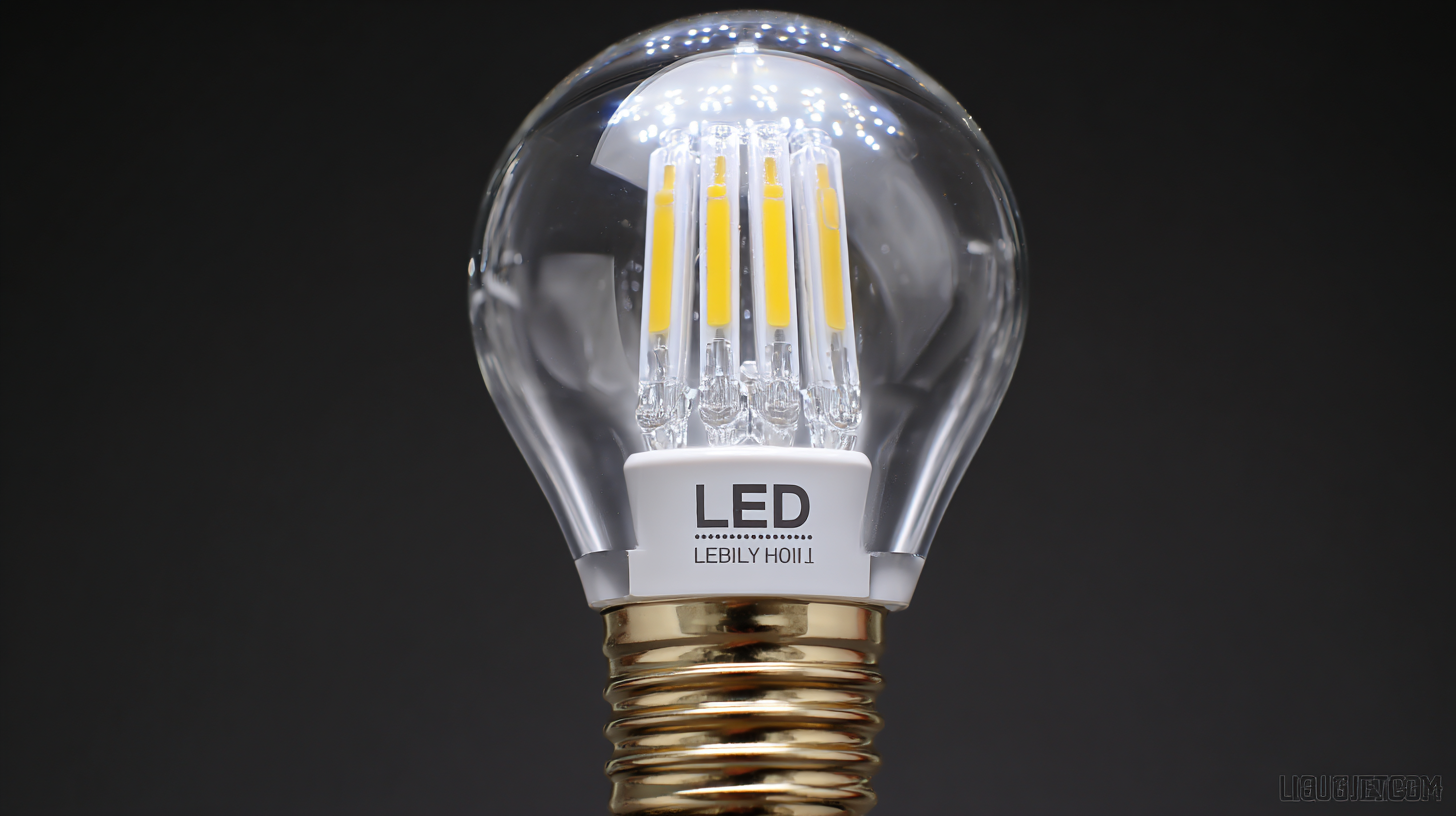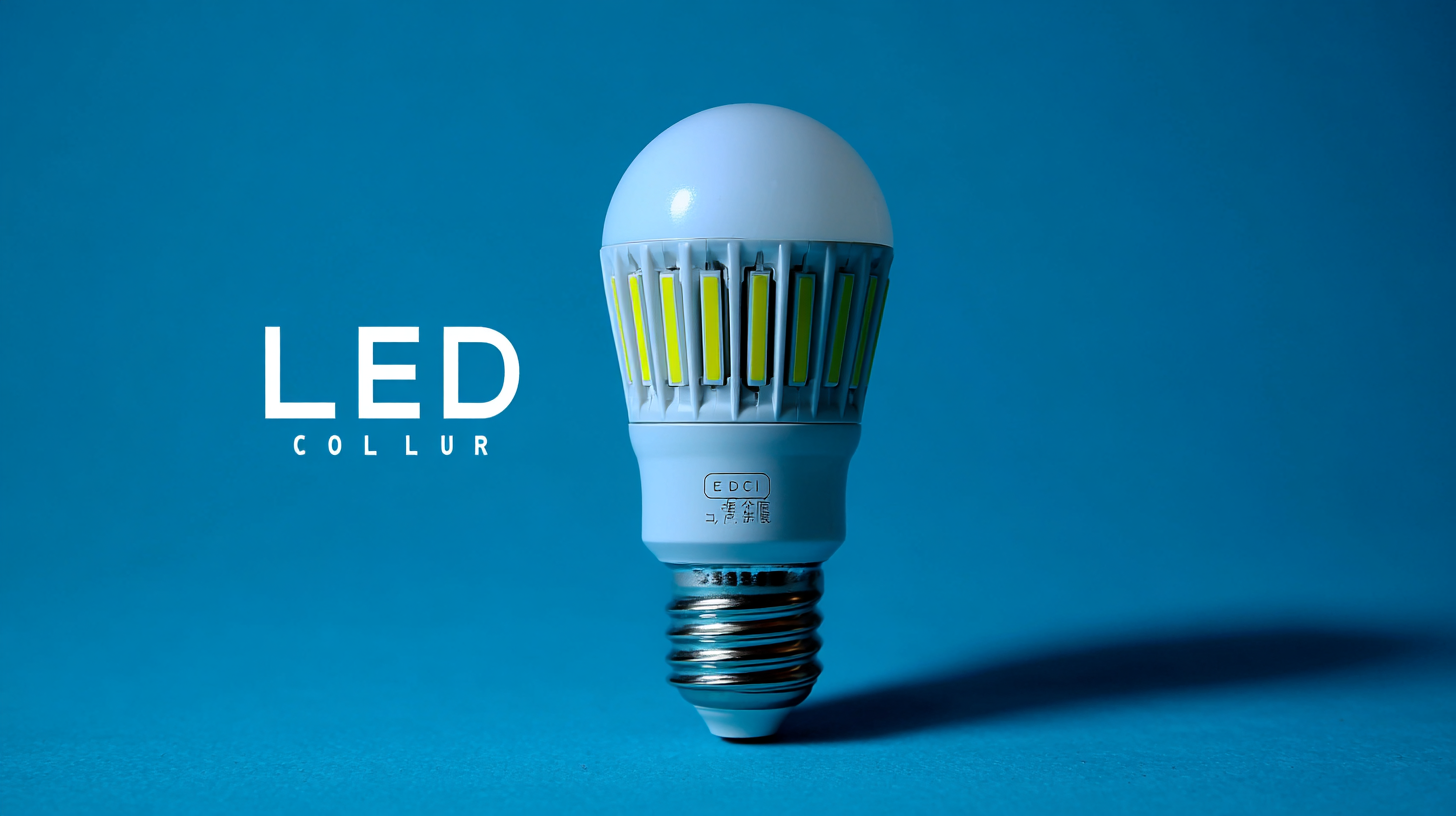 English
English-
 English
English -
 Español
Español -
 Português
Português -
 русский
русский -
 Français
Français -
 日本語
日本語 -
 Deutsch
Deutsch -
 tiếng Việt
tiếng Việt -
 Italiano
Italiano -
 Nederlands
Nederlands -
 ภาษาไทย
ภาษาไทย -
 Polski
Polski -
 한국어
한국어 -
 Svenska
Svenska -
 magyar
magyar -
 Malay
Malay -
 বাংলা ভাষার
বাংলা ভাষার -
 Dansk
Dansk -
 Suomi
Suomi -
 हिन्दी
हिन्दी -
 Pilipino
Pilipino -
 Türkçe
Türkçe -
 Gaeilge
Gaeilge -
 العربية
العربية -
 Indonesia
Indonesia -
 Norsk
Norsk -
 تمل
تمل -
 český
český -
 ελληνικά
ελληνικά -
 український
український -
 Javanese
Javanese -
 فارسی
فارسی -
 தமிழ்
தமிழ் -
 తెలుగు
తెలుగు -
 नेपाली
नेपाली -
 Burmese
Burmese -
 български
български -
 ລາວ
ລາວ -
 Latine
Latine -
 Қазақша
Қазақша -
 Euskal
Euskal -
 Azərbaycan
Azərbaycan -
 Slovenský jazyk
Slovenský jazyk -
 Македонски
Македонски -
 Lietuvos
Lietuvos -
 Eesti Keel
Eesti Keel -
 Română
Română -
 Slovenski
Slovenski -
 मराठी
मराठी -
 Srpski језик
Srpski језик
Understanding the Common Issues with the Best LED Light Bulb for Global Sourcing
In recent years, the global demand for LED light bulbs has surged, making them a vital component of modern lighting solutions. According to a report by the U.S. Department of Energy, LED bulbs last 25 times longer than traditional incandescent bulbs and consume at least 75% less energy, underscoring their efficiency and sustainability.

As manufacturers, especially in China, ramp up production to meet this growing demand, it becomes crucial to understand the common issues associated with these products. Variability in quality, compatibility with existing fixtures, and performance under different environmental conditions are just a few of the concerns that consumers and businesses must navigate.
This blog will delve into these challenges, showcasing why "中国制造,全球共享,品质值得信赖" (Made in China, Shared Globally, Quality You Can Trust) resonates in today's LED light bulb market, underscoring the importance of reliable sourcing in a rapidly evolving industry.
Common LED Light Bulb Defects: A Comprehensive Analysis of Manufacturing Quality
When sourcing LED light bulbs globally, understanding common defects in manufacturing quality is essential for ensuring product reliability and customer satisfaction. One prevalent issue is inconsistent brightness, which can stem from poor-quality components or manufacturing processes. Fluctuations in brightness not only affect the lighting experience but can also signal potential failures down the line. It's crucial to work with manufacturers who have stringent quality controls in place.
Another common defect is color temperature inconsistency. Consumers expect a uniform lighting color, yet many LED bulbs fall short due to subpar materials or inadequate blending during production. This inconsistency can be particularly problematic for businesses looking to maintain a specific aesthetic. To mitigate this risk, always request samples and perform comprehensive tests for color accuracy before finalizing larger orders.
**Tips:** When evaluating potential suppliers, consider their certifications and adherence to international quality standards. Engaging in regular communication and spot-checking products during the manufacturing process can also help in catching defects early. Additionally, leverage customer feedback to guide your sourcing decisions, ensuring you choose suppliers known for their commitment to quality.
Impact of LED Technology on Global Market Demand and Consumer Preferences
The advent of LED technology has fundamentally transformed the global market for lighting solutions. As consumers become increasingly aware of the environmental impacts of traditional bulbs, their preference for energy-efficient alternatives like LEDs has surged. This shift is partly driven by a desire to reduce energy bills and the growing emphasis on sustainability. Consequently, manufacturers are responding to this demand by innovating and producing a diverse range of LED products that cater to various consumer needs, from aesthetic designs to smart lighting options.
In addition to meeting ecological standards, LED technology is also influencing consumer behavior by enhancing the perceived value of lighting products. With improvements in performance and longevity, LED bulbs are often viewed as a cost-effective investment in the long run. This perception is further reinforced by the decreasing prices and increasing availability of LEDs in the global market. As a result, consumers are not only seeking higher-quality products but also favoring brands that prioritize sustainability and innovation, pushing the industry towards more responsible practices and products.
Global Market Demand and Consumer Preferences for LED Light Bulbs
This chart illustrates the shift in consumer preferences for LED light bulbs across various regions in the last five years, alongside the corresponding global market demand in millions of units.
Quality Control Standards in Chinese LED Manufacturing: Challenges and Solutions
Quality control is paramount in the LED manufacturing industry, especially in China, which produces over 70% of the world's LED light bulbs. Despite this dominance, manufacturers face significant challenges in meeting international quality standards. According to a report by the International Energy Agency, approximately 30% of LED products fail to deliver the promised efficiency and longevity, mostly due to inadequate quality control measures.
One pressing issue is the lack of standardized testing protocols across different factories, which often leads to inconsistencies in product performance. Many manufacturers adhere to local standards that do not align with global expectations. A study published by the LED Research Institute highlighted that LED bulbs from non-compliant factories exhibited a failure rate of over 20%, primarily due to poor thermal management and subpar materials. To combat these challenges, companies are increasingly investing in third-party inspections and certification processes, ensuring that their products not only meet regulatory requirements but also achieve a competitive edge in the global market.
Enhanced quality control methods, such as automated testing systems and real-time monitoring, are being adopted to address these issues. By leveraging advanced technologies, manufacturers can detect defects early in the production process and make necessary adjustments. Research shows that companies implementing rigorous quality control practices can reduce defect rates by as much as 15%, ultimately resulting in higher customer satisfaction and lower return rates.

Sustainability Trends in LED Bulb Production: What Global Buyers Should Know
Sustainability has become a pivotal consideration in the production of LED bulbs, particularly as global buyers strive to align their purchasing decisions with environmentally responsible practices. With advancements in technology, manufacturers are increasingly focusing on using eco-friendly materials and energy-efficient processes, significantly reducing the carbon footprint associated with lighting production. Buyers need to be aware of certifications and sustainable practices when sourcing LED bulbs to ensure that their products are contributing to a healthier planet.
One emerging trend in LED bulb production is the adoption of circular economy principles. This involves designing products that are not only energy-efficient but also recyclable at the end of their life cycle. Manufacturers are innovating by using materials that can be easily disassembled and reused, minimizing waste. For global buyers, understanding these trends is crucial, as it enables them to select products that not only meet their lighting needs but also reflect their commitment to sustainability and ethical sourcing practices. Emphasizing these aspects during sourcing can enhance brand reputation and meet the growing consumer demand for sustainable products.
Understanding the Common Issues with the Best LED Light Bulb for Global Sourcing - Sustainability Trends in LED Bulb Production: What Global Buyers Should Know
| Issue | Impact on Sustainability | Considerations for Buyers | Solutions |
|---|---|---|---|
| Material Quality | Poor materials can lead to higher waste and reduce lifecycle. | Verify supplier materials and sustainability certifications. | Request transparency in sourcing materials. |
| Energy Efficiency | Low efficiency increases energy consumption and carbon footprint. | Ask for ratings and test reports on energy consumption. | Adopt Energy Star certified products. |
| Recyclability | Non-recyclable bulbs contribute to landfill issues. | Investigate the recycling programs available. | Opt for manufacturers who support recycling. |
| Supply Chain Transparency | Lack of transparency can mask unethical practices. | Request detailed supply chain information from suppliers. | Choose suppliers that adhere to ethical sourcing practices. |
| Compliance with Standards | Non-compliance can result in harmful products and legal issues. | Ensure products meet local and international safety standards. | Verify compliance certifications before purchasing. |
Navigating Regulatory Compliance: Ensuring Quality in International LED Sourcing
Navigating the complexities of regulatory compliance is essential for ensuring quality in international LED sourcing. As global demand for LED light bulbs continues to rise, understanding the varied regulations across different markets becomes increasingly crucial. This involves familiarizing oneself with standards set by authorities such as the International Electrotechnical Commission (IEC) and the specific requirements of local governments. Failure to comply can result in financial penalties, product recalls, and damage to brand reputation.
In addition to meeting regulatory standards, sourcing partners must also prioritize quality throughout the supply chain. This involves conducting thorough assessments of manufacturing facilities, verifying product certifications, and implementing quality control measures at every stage of production. Engaging with suppliers who have a proven track record can help mitigate risks associated with compliance issues. Ultimately, focusing on these regulations and quality assurance strategies not only aids in compliance but also enhances the overall performance and reliability of LED products in the international market.


